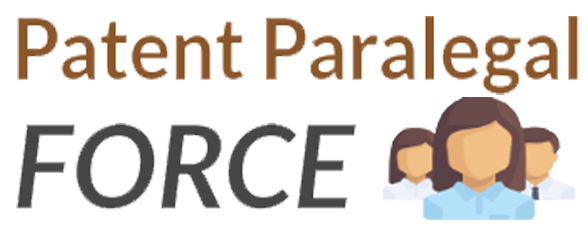Patents are valuable assets that protect inventions and innovative ideas. However, the world of patents is filled with complex terminology that can be overwhelming for those not familiar with it. In this article, we will demystify patent terminology, providing a comprehensive guide to help you understand the essential terms and phrases used in patent documents and discussions. By unraveling the language of patents, you will gain the confidence to navigate the patent landscape with ease and clarity.
Patent Terminology: A Glossary of Key Terms
To facilitate your understanding of patent terminology, let’s explore a glossary of key terms commonly encountered in patent documents:
- Invention: An invention refers to a new and useful process, product, or composition of matter that is eligible for patent protection.
- Patent: A patent is a legal document granted by a government authority, giving the inventor exclusive rights to their invention for a limited period.
- Patentee: The patentee is the person or entity to whom the patent is granted, usually the inventor or the assignee of the inventor’s rights.
- Claims: Claims define the boundaries and scope of protection provided by a patent. They specify the elements and features that distinguish the invention from prior art.
- Prior Art: Prior art refers to any existing knowledge, inventions, or information that predates the invention in question. It includes patents, scientific publications, and public disclosures.
- Novelty: Novelty is a requirement for patentability, indicating that the invention is new and not part of the prior art.
- Non-obviousness: Non-obviousness is another requirement for patentability, suggesting that the invention is not an obvious extension or combination of existing knowledge.
- Utility: Utility refers to the practical usefulness or functionality of an invention. It ensures that the invention has a specific and beneficial purpose.
- Infringement: Infringement occurs when someone uses, makes, sells, or imports a patented invention without authorization, violating the exclusive rights of the patentee.
- Examination: Examination is the process in which a patent office reviews a patent application to determine its patentability and compliance with legal requirements.
- Office Action: An office action is a formal communication from a patent examiner regarding the examination of a patent application. It may include rejections, objections, or requests for amendments.
- Provisional Patent Application: A provisional patent application establishes an early filing date for an invention. It provides a temporary form of protection while allowing the inventor additional time to develop the invention and file a non-provisional patent application.
- Non-Provisional Patent Application: A non-provisional patent application is a formal application that undergoes examination by a patent office. It leads to the potential granting of a utility patent.
- Patentability Search: A patentability search is conducted to determine the likelihood of obtaining a patent for an invention. It involves searching prior art and assessing the novelty and non-obviousness of the invention.
- Public Disclosure: Public disclosure occurs when an invention is made available to the public before filing a patent application. It can jeopardize the novelty and patentability of the invention.
- Assignee: An assignee is a person or entity that has received the rights to a patent from the original inventor through assignment or transfer.
- License: A license is a legal agreement granting permission to another party to use a patented invention in exchange for royalties or other specified terms.
- Inventive Step: Inventive step, also known as non-obviousness, refers to the requirement that an invention must involve an inventive leap beyond what is obvious to a person skilled in the relevant field.
- Abstract: The abstract is a concise summary of the invention, providing an overview of its technical features and advantages. It appears at the beginning of a patent document.
- Specification: The specification is the main body of a patent document, describing the invention in detail, including its technical aspects, embodiments, and possible variations.
Frequently Asked Questions (FAQs)
- Q: What is the difference between a patent and a trademark?
- A: Patents protect inventions, while trademarks protect brands and distinctive signs used in commerce.
- Q: Can I patent an idea without a prototype or working model?
- A: Yes, a working model or prototype is not required for patentability. However, you need to provide a sufficient written description of the invention.
- Q: How long does a patent last?
- A: In general, utility patents last for 20 years from the filing date, while design patents last for 15 years.
- Q: Can I file a patent application internationally?
- A: Yes, you can seek patent protection internationally through mechanisms like the Patent Cooperation Treaty (PCT) or regional patent systems.
- Q: What is the benefit of conducting a patentability search?
- A: A patentability search helps assess the novelty and non-obviousness of your invention, giving you insights into the likelihood of obtaining a patent.
- Q: What should I do if I believe someone is infringing on my patent?
- A: Consult with a patent attorney to evaluate the situation and determine the best course of action, which may include sending a cease and desist letter or pursuing legal action.
Conclusion: Mastering the Language of Patents
By familiarizing yourself with the essential patent terminology, you gain a deeper understanding of the patent system and can effectively protect your intellectual property. The glossary of key terms provided in this comprehensive guide serves as a valuable resource as you navigate the intricacies of patent documents, applications, and discussions.
Remember to consult with a qualified patent attorney or agent for professional guidance tailored to your specific needs. Armed with the knowledge of patent terminology, you are well-equipped to engage in patent-related activities, maximize the value of your inventions, and protect your intellectual property rights.
